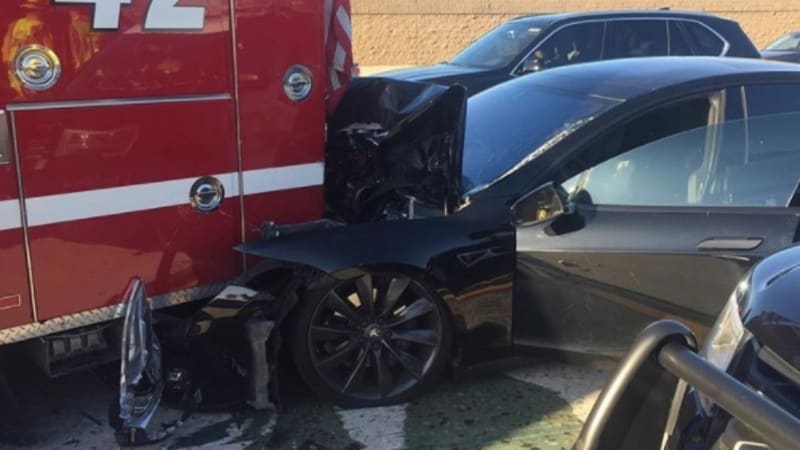Tam
Well-Known Member
And this is exactly what TSB has now reopened its investigation on.
I'm beginning to suspicion that the CID is too slow to be reliable in this, whereas in older cars (MB) it's fine.
What's CID please?
I don't see why NTSB re-opens Autopilot case when they already knew what happened with the last Florida case: It's an assistive system that will continue crash over and over again if there's no competent human in control.
It's true that for self-driving goal that Tesla car should not plow into a stationary vehicle in front.
This issue has been worked on a long time ago but it might be safe to assume that the technology is still in its infancy and there's no third party test proving that it can reliably stop for stationary obstacles at 90 MPH.
An old Mercedes failed test clip since the good old time in 2010:






